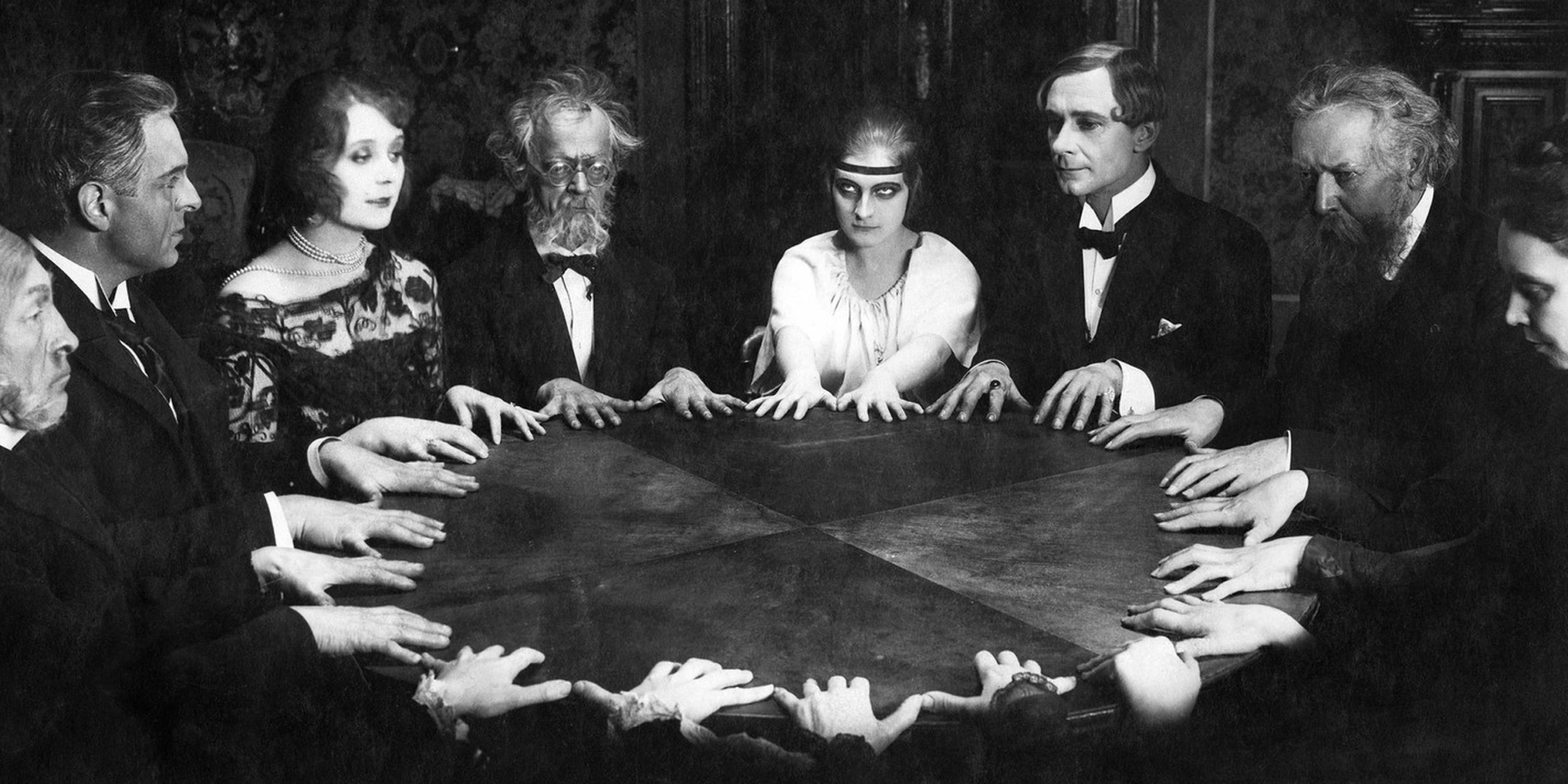
Crone & Casket
• ODDITIES • ANTIQUES • CURIOSITIES • ART • SPIRITUAL SUPPLIES •
Shop the Collection
The Evolution of Crone & Casket…
I started Crone & Casket as a blog to reflect on death, mourning, and history in 2018 while living in Austin,TX. I’ve always had an appreciation for the past and the culture surrounding our more macabre fascinations as a society. I now live in the Adirondacks surrounded by ancient forests and an area steeped in so much history. I am also a proudly practicing witch of 20 years. I was drawn to nature and the inherit power that comes with the ebb and flow of the seasons from a young age. Tarot reading and more recently, astrology, show up in my practice quite a bit!
With all of these interests bubbling up inside of me, I had the itch to revisit Crone & Casket and evolve it into a physical manifestation of my personal interests and aesthetics. I plan to craft my own goods while also celebrating other small creators who have, in turn, inspired me! Crone & Casket will focus on oddities, curiosities, art, vintage and antique goods, as well as metaphysical products for the spiritually inclined.
It’s important that with each of these products comes a story. A point in history, culturally, that has inspired us in today’s world to revisit it. It’s also critically important to celebrate all cultures, and we will provide education when providing goods from closed practices. Crone & Casket will always make it a point to showcase art and products from women, LGBTQIA+, and indigenous-owned businesses. It’s important to me to also ensure sustainable sourcing for any oddities we may carry. Our values and tenets are key to our success!
I can’t wait to see where this journey takes me and hope you come along.

Past Reflections
It all started with a blog about death, mourning, and culture. Read the original articles.


